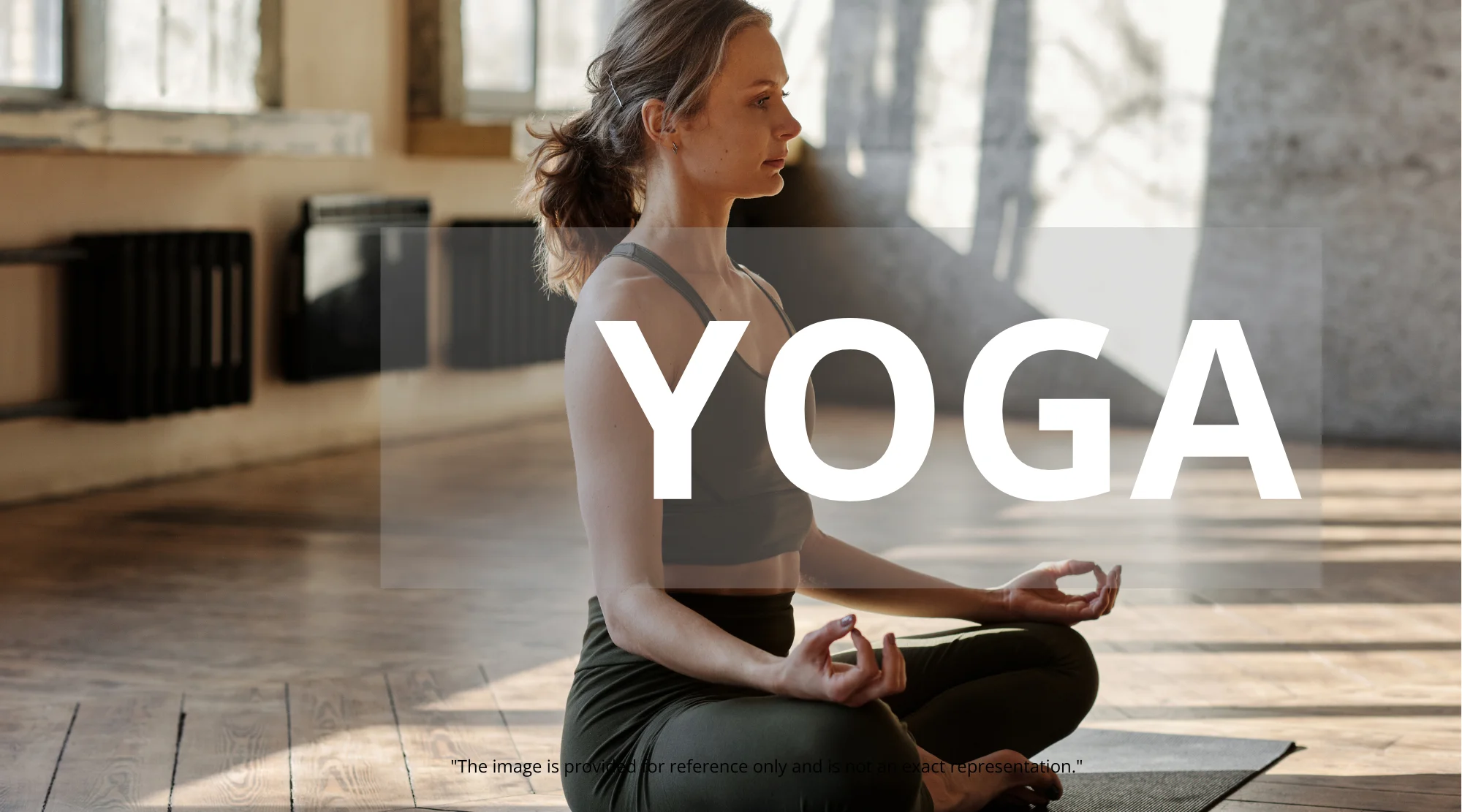Unlock Spinal Flexibility: 3 Yoga Poses to Enhance Mobility and Well-being
Do you ever feel a nagging stiffness in your back when you turn or bend? Or perhaps you experience a general lack of flexibility, making everyday movements feel restricted? Spinal immobility is a common issue, often stemming from prolonged sitting, poor posture, or a sedentary lifestyle. However, the good news is that you can significantly improve your spinal health and mobility with simple, accessible exercises. This article will guide you through three effective yoga poses that will help you achieve a more flexible and resilient spine. Incorporating these exercises into your routine can offer numerous benefits, from reducing pain and improving posture to boosting overall well-being. Let’s dive into these transformative yoga practices!

Understanding Spinal Mobility and its Importance
Before we explore the specific yoga poses, let’s briefly discuss why spinal mobility is so crucial. The spine, or vertebral column, is the central support structure of your body. It’s designed for both stability and flexibility, enabling a wide range of movements like bending, twisting, and extending. When your spine is stiff, it can limit your physical capabilities, leading to discomfort, pain, and even increasing the risk of injuries.
Maintaining a healthy spine is essential for overall wellness. Improved mobility can enhance your posture, relieve stress, and reduce the risk of lower back pain, one of the most common health complaints. Additionally, good spinal health can positively impact your nervous system, boosting energy levels and promoting a sense of well-being. A flexible spine allows you to move more freely and efficiently, making everyday activities easier and more enjoyable. The spine is integral to our whole structure, it supports the head, neck and shoulders, and is also a critical part of how we move, walk and keep balanced.
Yoga for Spinal Health: A Holistic Approach
Yoga is a time-tested practice that effectively addresses spinal mobility. It combines physical postures (asanas), breathing techniques (pranayama), and mindfulness to promote overall health and well-being. The beauty of yoga lies in its adaptability, with poses suitable for all fitness levels and ages. By engaging in regular yoga practice, you can gently stretch and strengthen the muscles surrounding your spine, gradually increasing its flexibility and reducing stiffness. Yoga also cultivates body awareness, allowing you to identify and address any imbalances or tension in your body.
Yoga offers a holistic approach to spinal health:
* Enhanced Flexibility: Yoga postures gently lengthen and stretch the spinal muscles, improving range of motion.
* Improved Posture: Many yoga poses help align the spine, encouraging better posture and reducing slouching.
* Stress Reduction: The combination of movement and breathing in yoga helps calm the nervous system, reducing stress and promoting relaxation.
* Pain Relief: Regular practice can alleviate back pain and other discomforts.
* Increased Body Awareness: Yoga helps you become more attuned to your body, allowing you to identify and address any imbalances or tension.
This is also a great way to increase strength and balance, and learn to listen to your body.
Three Yoga Poses for Spinal Flexibility
Here are three simple yet highly effective yoga poses you can incorporate into your daily routine to boost spinal mobility:
1. Downward-Facing Dog (Adho Mukha Svanasana)
Downward-Facing Dog is a foundational yoga pose that offers numerous benefits, including spinal lengthening and hamstring stretching. It helps to decompress the spine and improve posture.
How to do it:
- Begin on your hands and knees, with your hands shoulder-width apart and your knees hip-width apart.
- Tuck your toes under and lift your hips up and back, forming an inverted “V” shape with your body.
- Keep your spine long, and relax your head between your arms. Press your heels toward the floor, feeling a stretch in your spine, back, and hamstrings. If your hamstrings are tight, you can keep your knees bent.
- Hold the pose for several breaths, focusing on lengthening your spine.
- To release, gently return to your hands and knees or lower yourself down to the floor.
Benefits:
* Stretches and lengthens the spine.
* Strengthens the shoulders and arms.
* Calms the brain and helps relieve stress and mild depression.
2. Triangle Pose (Trikonasana)
Triangle Pose is an excellent side-bending pose that promotes spinal flexibility and strengthens the core muscles. It targets the obliques, which play a vital role in spinal stability and movement.
How to do it:
- Stand with your feet wide apart, about 3-4 feet. Turn your right foot out 90 degrees and your left foot slightly inward.
- Extend your arms to the sides, parallel to the floor.
- Hinge at your hips, reaching your right hand towards your right foot while keeping your torso long.
- Place your right hand on your shin, ankle, or the floor (wherever feels comfortable), and extend your left arm towards the ceiling.
- Look up towards your left hand (if comfortable for your neck), keeping your spine long and your chest open.
- Hold the pose for several breaths, feeling the stretch in your spine, side, and inner thigh.
- Repeat on the other side.
Benefits:
* Stretches and strengthens the spine, legs, and ankles.
* Stimulates the abdominal organs.
* Improves digestion and reduces stress.
3. Bridge Pose (Setu Bandhasana)
Bridge Pose is a gentle backbend that stretches the front of the body while strengthening the back muscles. It improves spinal flexibility and helps to counter the effects of prolonged sitting.
How to do it:
- Lie on your back with your knees bent and your feet flat on the floor, hip-width apart. Your heels should be close to your sitting bones.
- Place your arms alongside your body, palms facing down.
- Inhale and lift your hips off the floor, squeezing your glutes and engaging your core.
- Keep your thighs parallel and your chest open.
- Hold the pose for several breaths, feeling the stretch in your spine and the opening in your chest.
- To release, gently lower your spine back to the floor, one vertebra at a time.
Benefits:
* Stretches the spine, chest, and hip flexors.
* Strengthens the back muscles, glutes, and hamstrings.
* Helps alleviate stress and mild depression.
Consistency is Key: Making Yoga a Habit
To maximize the benefits of these yoga poses, consistency is key. Aim to practice these poses regularly, ideally several times a week. Even a short, 15-20 minute session can make a significant difference in your spinal health and overall well-being. You can incorporate these poses into your existing workout routine or dedicate specific days to yoga practice.
Listen to your body and avoid pushing yourself too far, especially when starting. If you have any existing spinal conditions or injuries, consult with a healthcare professional or a certified yoga instructor before beginning any new exercise program. You may also be interested in reading “Fitness After 40: The Ultimate Guide to Cardio and Strength Training,” for further insights and ideas, found here: Fitness After 40: The Ultimate Guide to Cardio and Strength Training. This can also lead to improved mobility!
Complementing Yoga with Other Practices
While yoga is highly effective, combining it with other healthy habits can further enhance your spinal health. Incorporate these tips to maximize your results:
- Proper Posture: Pay attention to your posture throughout the day, whether you are sitting, standing, or walking.
- Regular Exercise: Engage in other forms of exercise, such as walking, swimming, or cycling, to keep your body active and strengthen your core. Check out: 30-Minute Walking Workout: Maximize Calorie Burn and Boost Joint Mobility to see some walking tips.
- Stretching: Incorporate daily stretching exercises to complement your yoga practice.
- Hydration: Stay well-hydrated to support healthy spinal discs.
- Nutrition: Eat a balanced diet rich in nutrients to support overall health and reduce inflammation. You can find some healthy meal planning ideas at: Healthy Eating: Your Ultimate Weekly Meal Plan for a Balanced Life.
Summary: Embark on Your Journey to a Flexible Spine
Improving your spinal mobility is a worthwhile investment in your overall health and well-being. By incorporating the three yoga poses outlined in this article – Downward-Facing Dog, Triangle Pose, and Bridge Pose – into your regular routine, you can experience a significant increase in spinal flexibility, reduced pain, and improved posture. Remember to practice consistently, listen to your body, and consider incorporating other healthy habits to further enhance your results. With dedication and mindful practice, you can unlock a more flexible spine and a healthier, more vibrant life. Begin your journey to better spinal health today and feel














2 comments